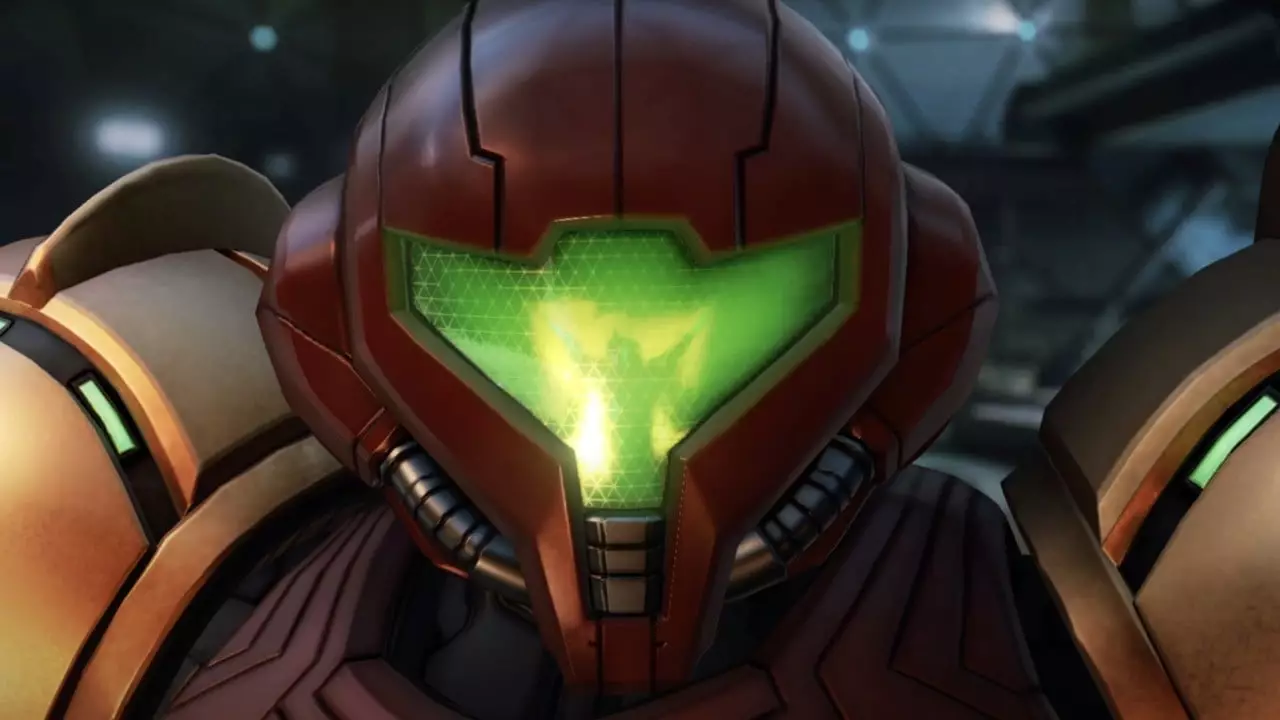In an era where developers strive to blend nostalgia with modern technology, remasters and collections like the Capcom Fighting Collection 2 serve as both a tribute and a point of contention among gamers. While the promise of playing classic titles like Power Stone 1 & 2 in enhanced resolutions such as 1080p or 4K is appealing, there remain concerns over whether these games can truly capture the essence of their original iterations. The classic Dreamcast experience, characterized by its unique gameplay feel and visual presentation, may be lost when transitioned to contemporary platforms such as the PS5 or Switch. This predicament places the gaming community in a precarious position, forced to weigh the convenience of digital availability against the fidelity of the original gaming experience.
One of the main pitfalls tying down modern gaming is the ongoing debate around input latency and motion display. Fight game aficionados know that every millisecond can change the course of a match, and the notion that latency could dampen the experience for Power Stone enthusiasts is a legitimate concern. The appeal of playing these titles on modern machines is undeniably masked by the apprehension regarding how responsive the controls will actually feel. Furthermore, even with the latest OLED technology, players cannot help but recognize that the experience on an older CRT screen remains unmatched, especially when considering the immediacy and fluidity offered by such displays for fast-paced games.
Additionally, in considering beloved franchises like Metroid, many fans are feeling a wave of skepticism toward newer entries. Specifically, the recent remaster of Metroid Prime on the Switch has left a sour taste for those who recall the groundbreaking innovations of its predecessors, particularly the Wii’s use of the sensor bar for gyro motion aiming. The absence of this feature on the Switch, coupled with the subpar alternative provided by Joy-Con controllers, has raised questions about whether emotional connections to gaming memories can be maintained in the face of technical regressions.
Furthermore, the excessive motion blur present in many modern titles diminishes the gaming experience at crucial moments, especially for first-person gameplay. If the sheer thrill offered by the likes of Metroid Prime 3 is compromised, it’s reasonable for players to question the potential value of future offerings such as Prime 4.
As for games like Donkey Kong Country Returns HD, it is a relief to see developers moving away from forced motion controls. However, the nostalgia tied to classic gaming mechanics raises the stakes for how a game is perceived. Feedback from fans indicates a tendency to favor traditional controls, and if gameplay doesn’t mimic the ease and fluidity seen in the original Country Trilogy on the SNES, it risks being met with indifference.
Ultimately, the divide between nostalgia and convenience illustrates the ongoing struggle within the gaming world. Developers must find ways to modernize without sacrificing the deep-rooted experiences that made these franchises memorable. For long-time fans, the challenge lies in navigating a landscape where nostalgia fights for survival amid the ever-changing currents of technology and consumer preferences. Will future releases make the necessary adjustments, or will the past remain the gold standard? Only time will reveal the outcome of this complex battle.


Leave a Reply